What is it? The ability to identify and recognize an object through touch and without visual or auditory input; tactile discrimination (Radomski & Trombly, 2014).
Why is it important? Stereognosis is “important for overall hand function and developing grasp patterns, as well as dexterity and ability to use materials” (Lassman, 2014). Stereognosis is a skill necessary for participation in occupations across the lifetime, such as:
- Activities of daily living (dressing, toileting, grooming, feeding)
- Academic performance (foundational skill needed before handwriting, cutting, etc.)
- Job performance
- Gathering and retrieving objects in the dark/ when vision is occluded
- Safety and emergency maintenance (finding things in the dark during safety hazards, etc.)
5 activities to try at home:

1. Touch and feel guessing game. Tip: Fill an empty wipes container (or container with a lid and slot for hand) with various toys and have your child feel the toys to guess what they are before looking.
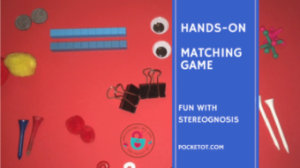
2. Matching game. Tip: Fill a big sock or bag with small objects (i.e. cotton balls, dice, q-tips, etc.) and place duplicates of the same objects on a table. Pick one object on the table at a time to have your child find the missing match in the sock without looking.
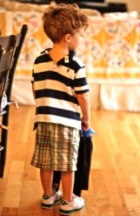
3. Practicing putting on clothes in the dark. Tip: See if your child can come out of the darkroom wearing the proper clothing on the correct body parts! 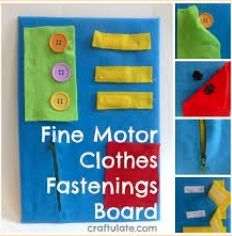
4. Manipulating fasteners while not looking. Tip: Put a blindfold on your child and see if they can fasten buttons, zippers, and snaps without looking! This may be challenging if manipulating fasteners is a skill they have yet to develop or have newly developed.
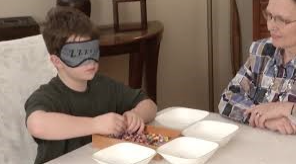
5. Scavenger hunt in a sensory bin. Tip: Have your child wear a blindfold or close their eyes while searching through a sensory bin you have created (with either water, shaving cream, water beads, sand, etc.). Ask them to retrieve various objects. For example, “Find the fish toys” or “Find the soft pompoms”.
References American Occupational Therapy Association. (2014). Occupational therapy practice framework: Domain and process (3rd ed.). American Journal of Occupational Therapy, 68(Suppl. 1), S1-S48. Lassman, A. (2014, May 5). OT awareness. Retrieved from https://easterseals-sepa.com/tag/stereognosis/ Radomski, M., & Trombly, C. (Eds.). (2014). Occupational therapy for physical dysfunction (7th ed.). Baltimore, MD: Lippincott Williams & Wilkins.
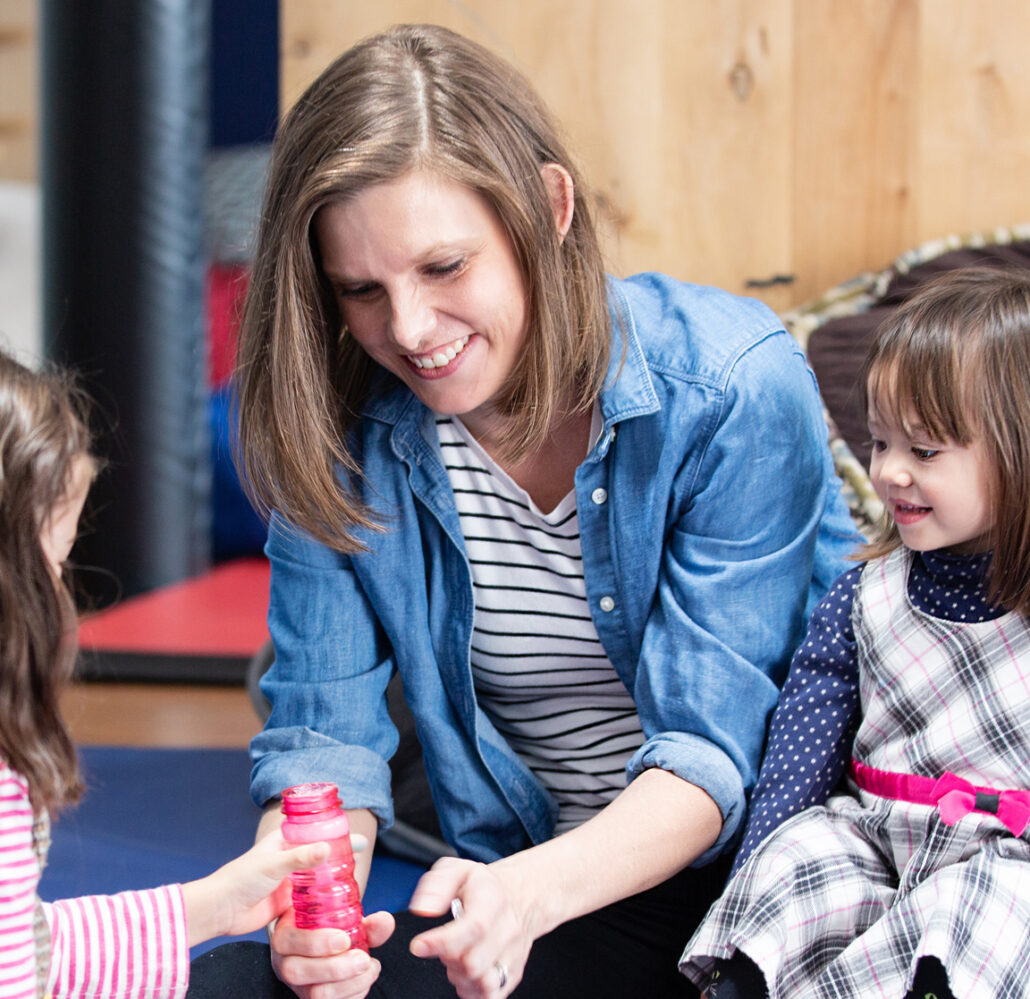
Learn More About My Programs
Blue Bird Day is a rotational therapy program structured like a preschool or kindergarten, but instead of teachers all our staff are therapists! This program is designed to foster socialization, sensory regulation, and learning for children ages 2-7 and helps provide children the tools they need to succeed in a traditional classroom.
Eyas Landing is an outpatient therapy clinic that provides services for children ages 0-21. Our multidisciplinary team of therapists provide ABA, developmental, occupational, physical, speech, nutrition and feeding therapy along with early intervention, social work, counseling, and neuropsychological testing at our West Loop clinic, in-home, at school, and virtually.
Merlin Day Academy is a therapeutic day school for children ages 6-14. Our proprietary model utilizes daily therapeutic and educational rotations to support children’s growth, learning, and their transition into the least restrictive environment possible.




